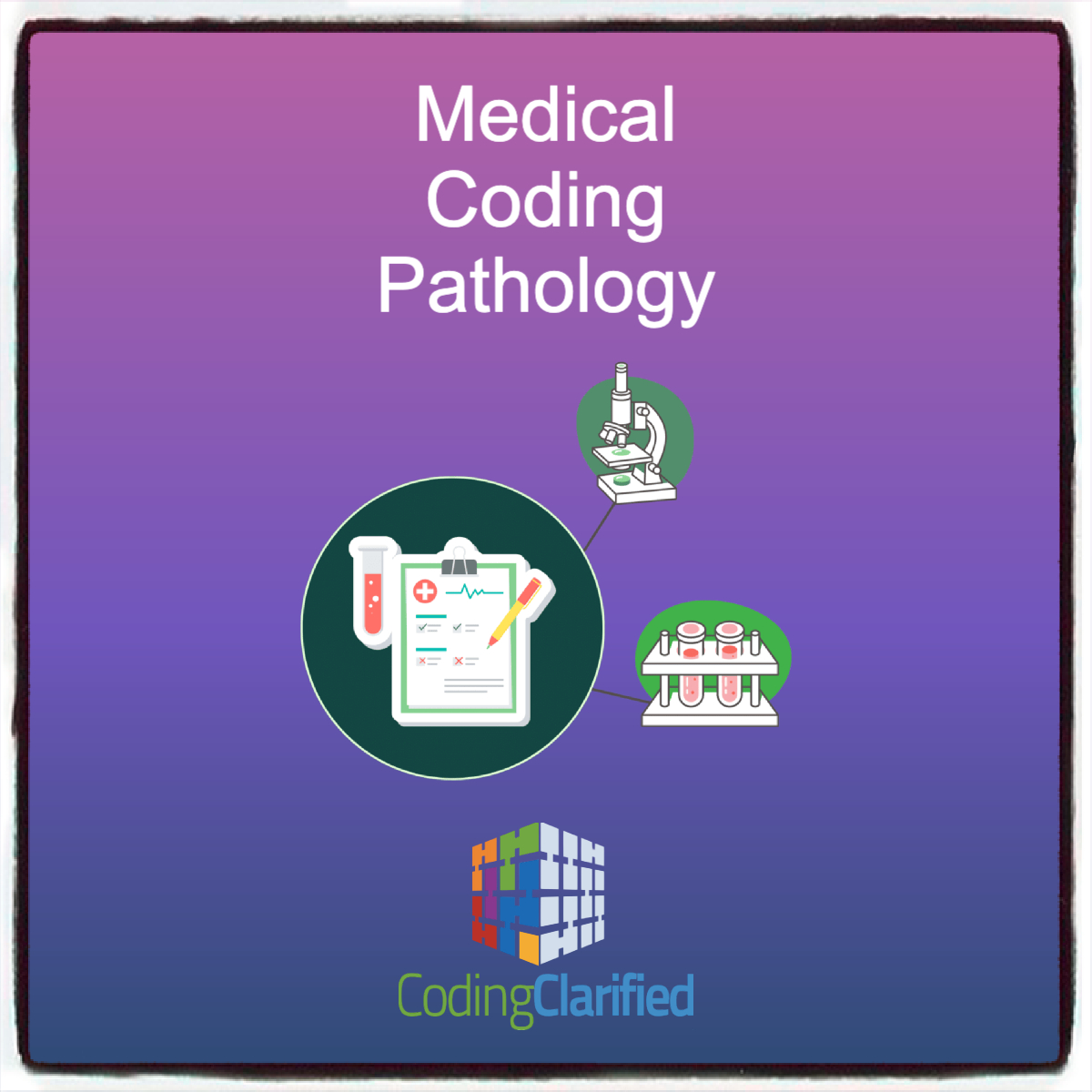Medical Coding for Pathology: Guidelines for Coding and Billing
Medical coding in pathology is crucial for accurate billing and proper reimbursement. Understanding the specific guidelines ensures compliance with regulations and enhances the efficiency of the revenue cycle. This article provides an overview of the essential coding and billing guidelines specific to pathology services.
Understanding Pathology Coding
Pathology coding primarily uses the Current Procedural Terminology (CPT) codes and International Classification of Diseases (ICD) codes. Pathologists play a critical role in diagnosing diseases, and their services often involve:
- Histopathology
- Cytopathology
- Clinical Pathology
- Molecular Pathology
1. CPT Codes
CPT codes are used to report the services provided by pathologists. These codes are divided into categories:
- Surgical Pathology (CPT 88300-88399): Used for services related to tissue examination.
- Cytopathology (CPT 88104-88199): Codes for cell sample examination, including Pap smears.
- Clinical Pathology (CPT 80047-80076): Codes for laboratory testing of blood and other body fluids.
- Molecular Pathology (CPT 81200-81383): Codes for genetic testing and molecular diagnostics.
2. ICD Codes
ICD codes are essential for diagnosis documentation. Accurate coding requires a clear link between the diagnosis and the pathology service performed. The codes range from general disease categories to specific conditions, which are vital for justifying the medical necessity of the tests conducted.
Coding Guidelines
Medical Necessity
- Ensure that all pathology services billed are medically necessary. Documentation must clearly support the need for tests performed, correlating them with the patient’s clinical condition.
Specimen Collection and Handling
- Properly document the collection and handling of specimens. This includes the site of collection, type of specimen, and any processing done prior to analysis.
- Use appropriate modifiers (e.g., modifier 26 for professional services) when necessary to indicate shared services or specific circumstances.
Timeframes for Reporting
- Understand the specific timeframes for reporting various pathology services. Timely submission can affect reimbursement, and each payer may have different deadlines.
Payer-Specific Guidelines
- Be aware of the individual requirements of various payers. Insurance companies may have unique rules regarding documentation, coding, and billing for pathology services.
Common Coding Mistakes
- Incorrect Code Selection: Ensure accurate code selection based on the service performed. Double-check the CPT and ICD codes to avoid misrepresentation of services.
- Lack of Documentation: Insufficient documentation can lead to claim denials. Always maintain comprehensive records of patient interactions, specimen details, and rationale for tests.
- Overbilling or Underbilling: Strive for accurate billing practices. Overbilling can lead to audits and penalties, while underbilling may result in lost revenue.
- Failure to Use Modifiers: Omitting appropriate modifiers can lead to claim denials or incorrect payment amounts. Use modifiers judiciously to indicate special circumstances. https://codingclarified.com/cpt-medical-modifiers/
Accurate coding and billing in pathology are essential for the financial health of healthcare providers. By adhering to established guidelines and understanding the nuances of pathology services, medical coders can ensure compliance and optimize reimbursement. Continuous education and awareness of changes in coding standards are key to maintaining accuracy and efficiency in the coding process.
For further resources, consider consulting the American Medical Association (AMA) and the Centers for Medicare & Medicaid Services (CMS) for updates on coding guidelines and best practices in pathology.
Patho resources:
This site outlines Patho textbook chapters.
It also includes molecular markers.
Pathology Outlines: http://www.pathologyoutlines.com/
This section lists stains and molecular markers: http://www.pathologyoutlines.com/stains.html
CodeMap includes listings of lab & radiology briefings.
CodeMap: https://www.codemap.com/section.cfm?id=160
Internet Resources for the Practicing Pathologist
A wealth of information, education, career resources, and diagnostic tools are available on the internet and more are being added all the time. The secret is to know what is out there and how to find it. The following is a listing of many of the current internet offerings related to the practice of Pathology and how to find them on the web. So click around the links and discover what you’ve been missing.
https://www.geisingermedicallabs.com/lab/resources.shtml
There are two types of general tests in Path and Lab: qualitative and quantitative. Quantitative tests how much of a certain thing is in the body (say, calcium or alcohol), while qualitative tests for the presence of a substance, period.
Path and Lab codes are measured by the number of tests performed and not the results of the test.
There are five other trusted clinical resources that coders should have at their disposal:
- Medical Dictionary (e.g. Dorland’s)
- Clinical disease process reference (e.g. Merck Manual)
- Anatomy and physiology reference (e.g. Atlas of Human Anatomy by Frank Netter)
- ICD-10-specific (Comprehensive Anatomy and Physiology for ICD-10-Cm and –PCS Coding)
- AHA Coding Handbook (ICD-9-CM and ICD-10-CM/PCS)
And of course, coders should use the Internet to access pertinent information on coding and reimbursement. At MRA, we find the following websites to be extremely valuable to coders.

